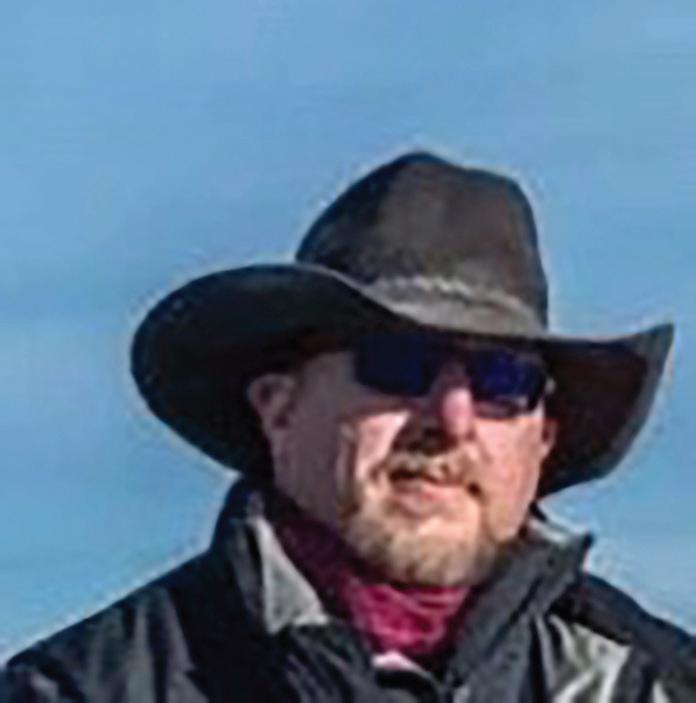
2 minute read
Western Governors Raise Concerns About Conservation Initiative By Carol Ryan Dumas Capital Press
Western Governors Raise Concerns About Conservation Initiative
The Cenarrusa Ranch in the Pioneer Mountain Foothills near Carey, Idaho. Western governors have raised concerns about a White House initiative aimed at conserving vast areas of the nation.
Advertisement
By CAROL RYAN DUMAS Capital Press
Western governors are requesting close consultation in the National Climate Task Force’s work to conserve at least 30% of U.S. lands and waters by 2030. The Biden administration on Thursday released a report outlining its vision to conserve and restore land, water and wildlife with recommendations for locally led, voluntary conservation goals. That same day, the Western Governors’ Association sent a letter to National Climate Adviser Gina McCarthy requesting the National Climate Task Force’s close consultation with governors and raising several concerns. Formally referred to as the 30 by 30 Plan, the goals are now part of the “America the Beautiful Initiative,” although specifics have not yet been established. “Western Governors submit that effective forest and rangeland management is only possible through collaboration between federal, state, local and tribal land management agencies,” the letter said. The governors suggested the administration consider multi-jurisdictional coordination through USDA’s Shared Stewardship Strategy. Another effective mechanism for coordination and cooperation is the Western Governors Task Force on Collaborative Conservation, which provides a venue for state and federal officials to engage, they said. They also pointed out the goals must have the support of constituents to ensure private landowner participation and community engagement in land-planning processes. In addition, defining “conserved” will be a critical factor for the National Climate Task Force to consider, the letter said. “Western Governors contend that many federal, state, local, tribal and private lands in our states already enjoy robust conservation protections,” the letter said. “Adopting an overly stringent definition of ‘conserved’ that does not accommodate necessary management activities would have detrimental effects on ecosystem health and function. Such vital activities include wildfire mitigation, post-fire restoration, habitat improvement and invasive species management,” the letter said. In addition, conservation and multiple use are not mutually exclusive, the governors said. “The multiple uses of recreation, agriculture, renewable and traditional energy development, timber management and others contribute to the environmental, cultural and economic attributes of vibrant, healthy communities,” the letter said. It is also critical to ensure a conservation strategy does not disproportionately affect specific states or regions, the governors said. “A strategy that relies heavily on federal lands would disproportionately affect western states, given the high percentage of western lands under federal ownership,” the letter said. There is a variety of ways the strategy could address this concern, such as considering that each state individually meets goal or considering a regional approach to the conservation goal, the governors said. “The 30 by 30 proposal has significant implications for state sovereignty and the lives of our constituents. Western states have a rich base of experience to inform considerations of policies to implement the 30 by 30 proposal and the environmental safeguards needed to ensure the vitality of our citizens and landscapes,” the letter said. “We look forward to working collaboratively and constructively with you to address the challenges our nation and our states face,” it said. The letter was signed by Kate Brown, governor of Oregon and chairperson of Western Governors’ Association, and Brad Little, governor of Idaho and vice chairperson of the association.








